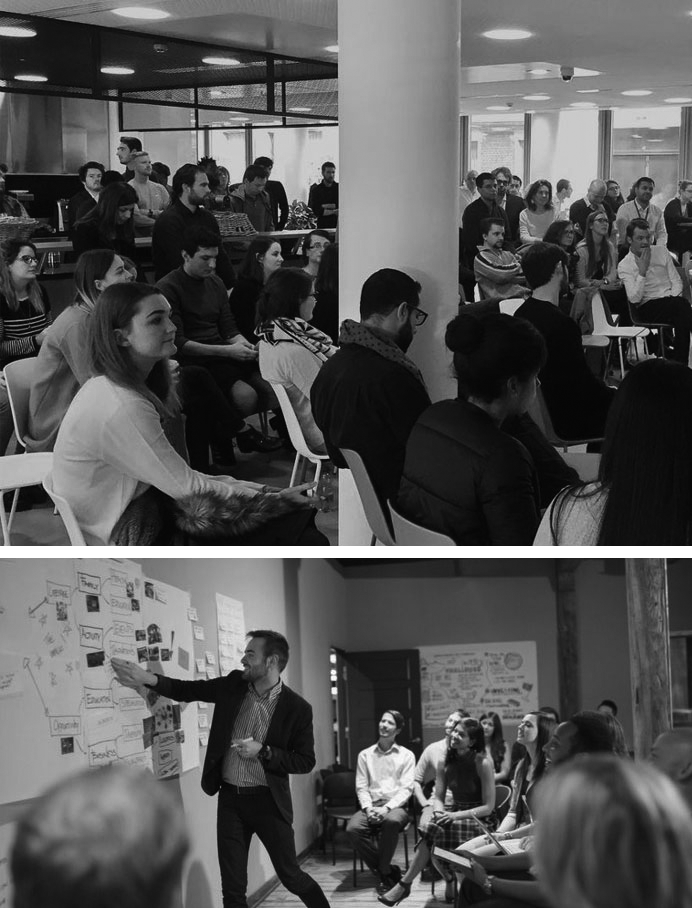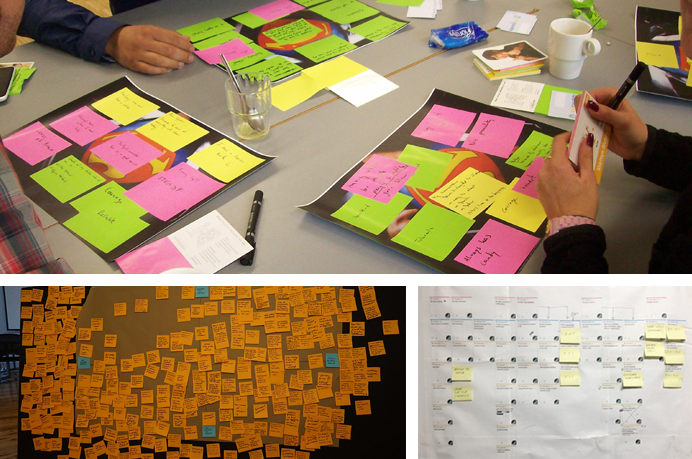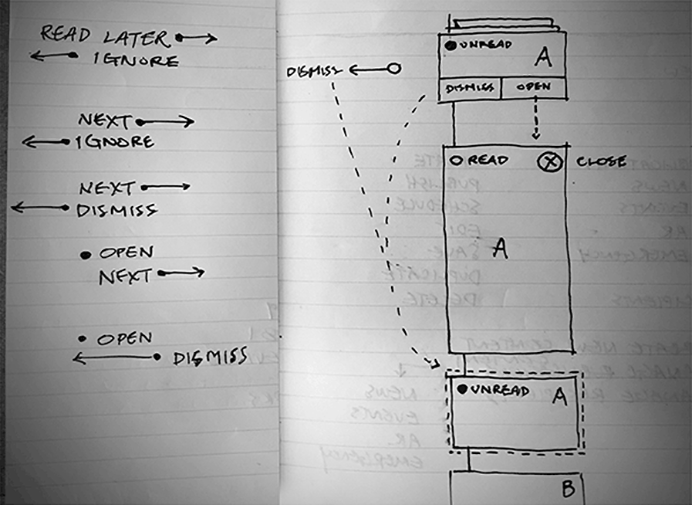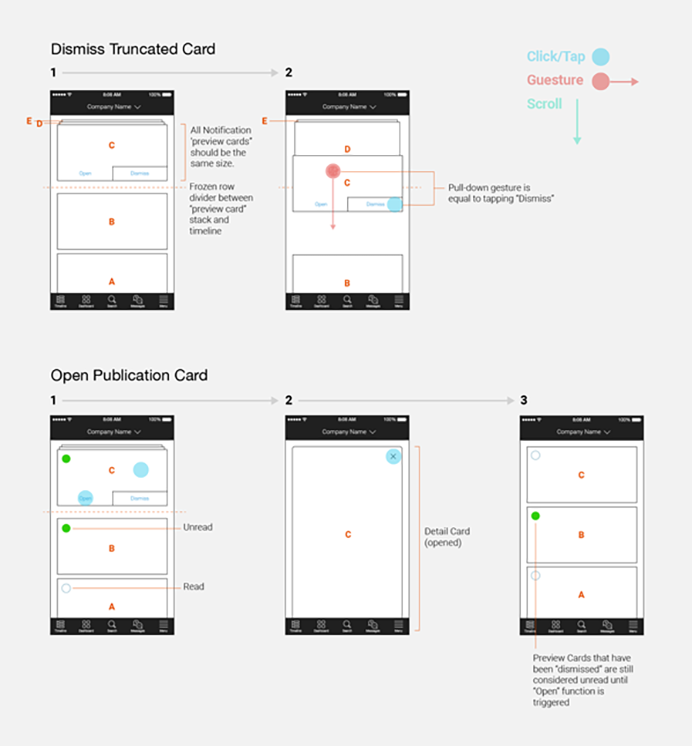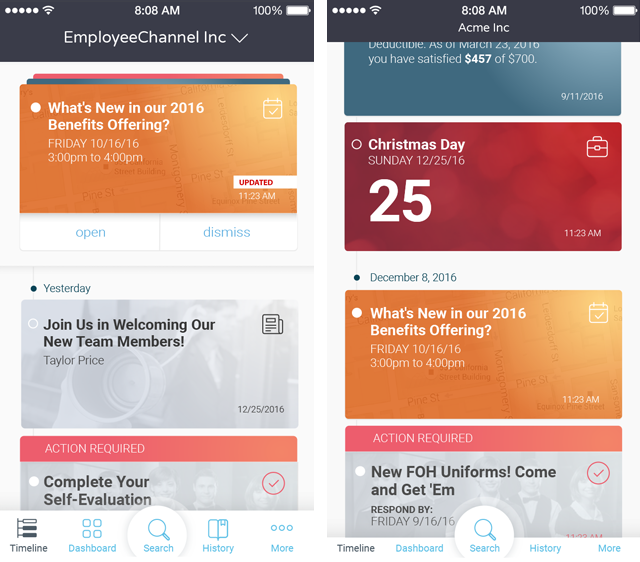DESIGN
Personal Information from a Impersonal Bot
Employers still needed a useful tool to communicate news, events, and policy but in a way that would strike a balance with what employees value without creating another HR bullhorn like email blast campaigns that had been ignored in the past.
Designing the chatbot logic and understanding each decision along the employee’s "path to an answer" was easy enough although we didn’t have a database full of all the potential answers. We only had a set of 1:1 questions and answers.
Work began with the AI team and our data scientist, we decided to track the interactions to help train the engine. Although it became apparent that this would take time and the feature needed to be ready for the next release cycle.
I decided to design the chatbot right away. The challenge was now to create a chatbot that mimics basic logic before the framework was engineered. This way when the logic was applied behind-the-scenes, users would already be accustomed to the UX.
The initial version displayed a series of well-timed ellipses animations to mimic “system processing time.” This gave the employee the feeling that the system was thinking about their question. By following-up with "related results" and providing potential topics to choose from, the employee’s actions helped train the AI engine.
